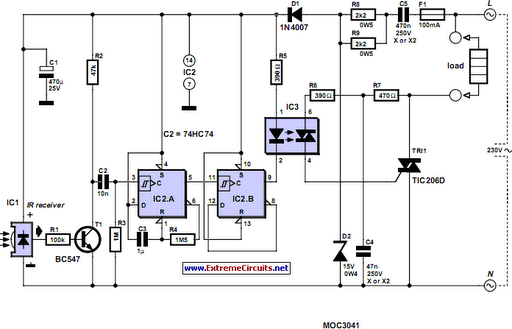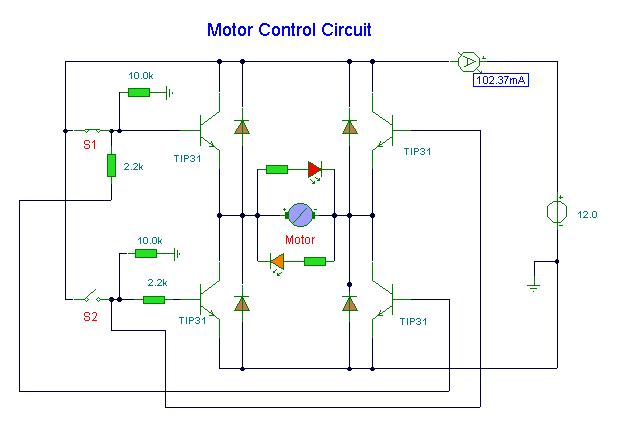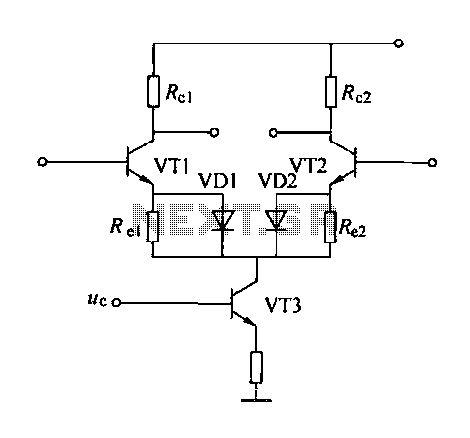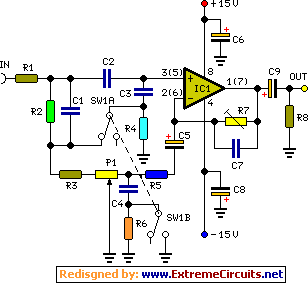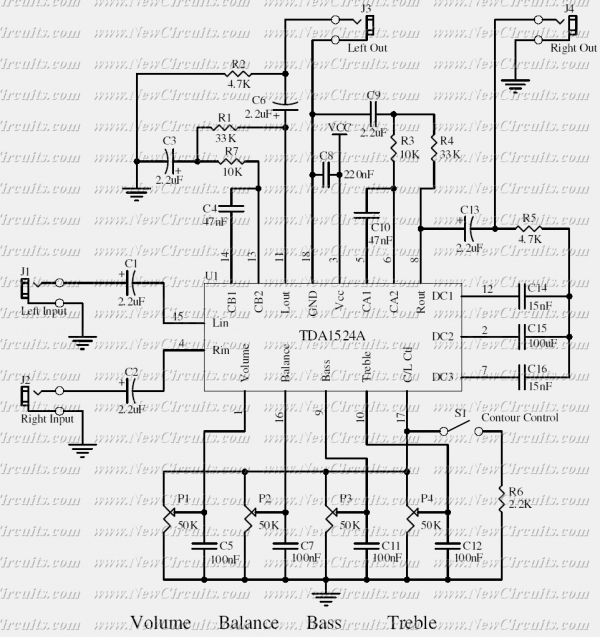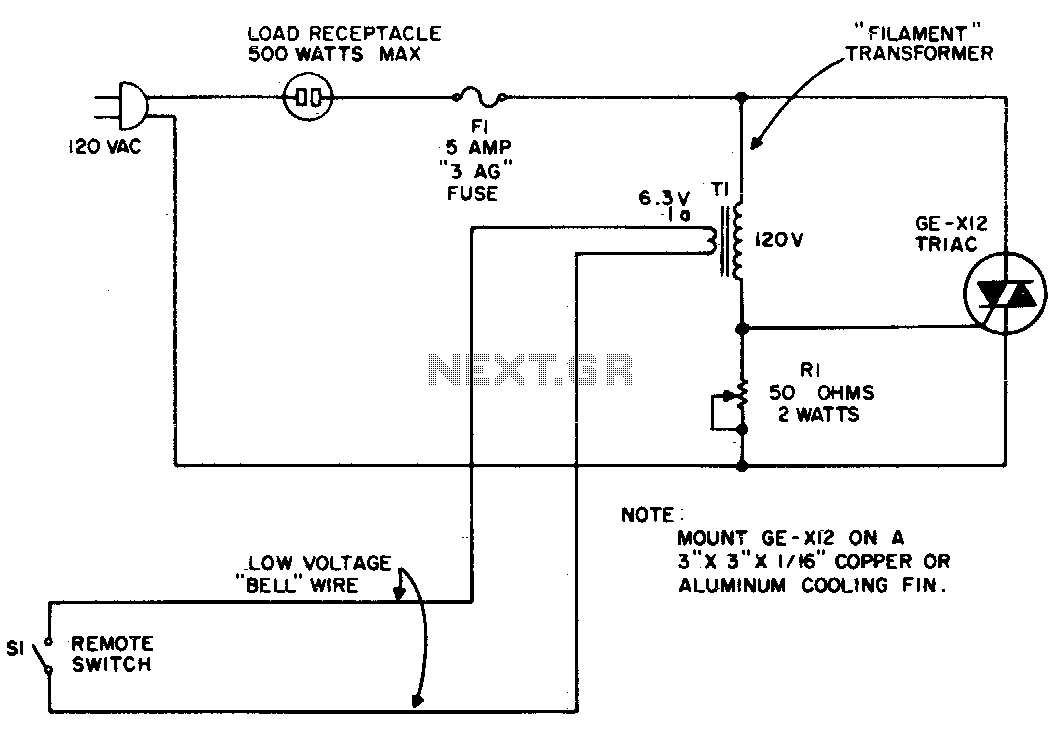
Flasher-light control
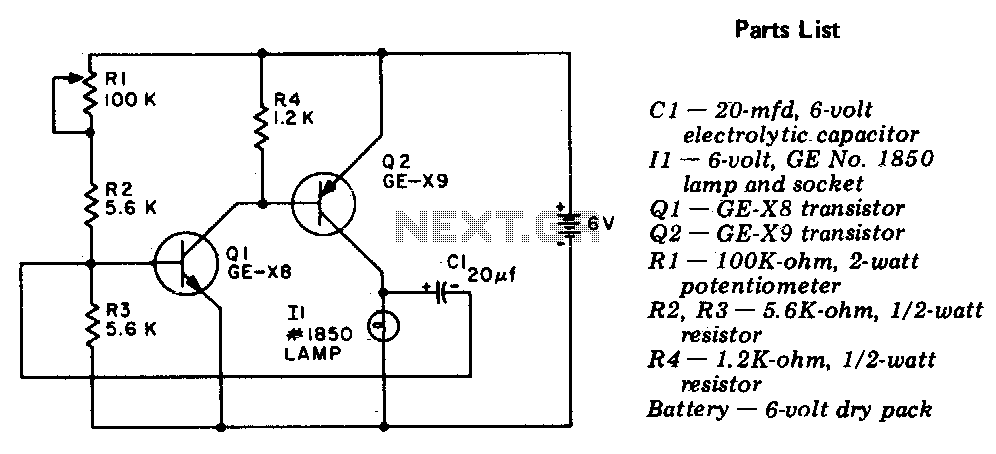
The circuit is a two-stage, direct-coupled transistor amplifier configured as a free-running multivibrator. Both the flash duration and flash interval can be adjusted by turning the potentiometer, R1.
The described circuit operates as a two-stage, direct-coupled transistor amplifier, functioning as a free-running multivibrator. In this configuration, two transistors are employed to create a feedback loop that alternates the state of the output, resulting in a square wave signal. The direct coupling between stages allows for a compact design and efficient signal transfer, minimizing the use of additional components such as capacitors or transformers that would otherwise introduce phase shifts or frequency limitations.
The multivibrator's output can be characterized by its flash duration and flash interval, which are critical parameters in applications such as LED flashing circuits, timing applications, or signal generation. The adjustment of these parameters is accomplished through the use of a potentiometer, R1. By varying the resistance of R1, the charge and discharge times of the capacitive elements in the circuit are altered, thereby changing the frequency of oscillation and the duration of each pulse.
In practical implementations, the two transistors are typically NPN types, with their emitters connected together and biased through resistors to establish a stable operating point. The collector of each transistor is connected to the base of the other, enabling the feedback necessary for oscillation. The circuit may also include additional components such as bypass capacitors for power supply stabilization and resistors to limit the base current, ensuring reliable operation.
Overall, this two-stage direct-coupled transistor amplifier multivibrator presents a versatile solution for generating square wave signals, with the ability to customize timing characteristics through simple adjustments to the potentiometer.The circuit is a two-stage, direct-coupled transistor amplifier connected as a free-running multivibrator Both the flash duration and flash interval can be changed by turning the potentiometer, Rl. 🔗 External reference
The described circuit operates as a two-stage, direct-coupled transistor amplifier, functioning as a free-running multivibrator. In this configuration, two transistors are employed to create a feedback loop that alternates the state of the output, resulting in a square wave signal. The direct coupling between stages allows for a compact design and efficient signal transfer, minimizing the use of additional components such as capacitors or transformers that would otherwise introduce phase shifts or frequency limitations.
The multivibrator's output can be characterized by its flash duration and flash interval, which are critical parameters in applications such as LED flashing circuits, timing applications, or signal generation. The adjustment of these parameters is accomplished through the use of a potentiometer, R1. By varying the resistance of R1, the charge and discharge times of the capacitive elements in the circuit are altered, thereby changing the frequency of oscillation and the duration of each pulse.
In practical implementations, the two transistors are typically NPN types, with their emitters connected together and biased through resistors to establish a stable operating point. The collector of each transistor is connected to the base of the other, enabling the feedback necessary for oscillation. The circuit may also include additional components such as bypass capacitors for power supply stabilization and resistors to limit the base current, ensuring reliable operation.
Overall, this two-stage direct-coupled transistor amplifier multivibrator presents a versatile solution for generating square wave signals, with the ability to customize timing characteristics through simple adjustments to the potentiometer.The circuit is a two-stage, direct-coupled transistor amplifier connected as a free-running multivibrator Both the flash duration and flash interval can be changed by turning the potentiometer, Rl. 🔗 External reference
Warning: include(partials/cookie-banner.php): Failed to open stream: Permission denied in /var/www/html/nextgr/view-circuit.php on line 713
Warning: include(): Failed opening 'partials/cookie-banner.php' for inclusion (include_path='.:/usr/share/php') in /var/www/html/nextgr/view-circuit.php on line 713
